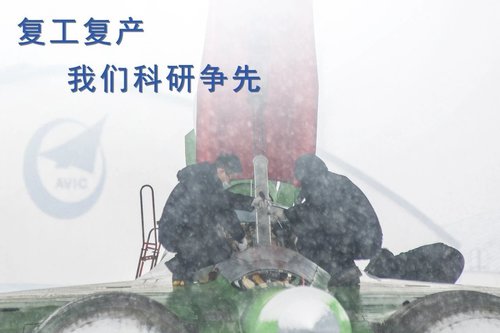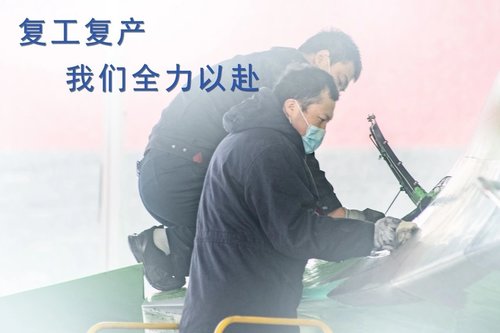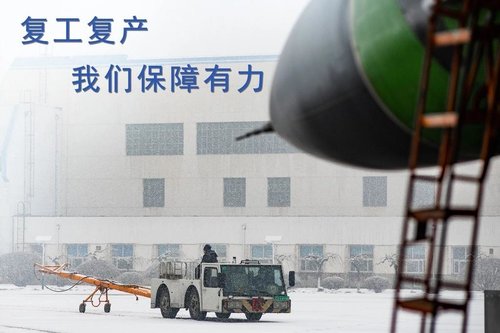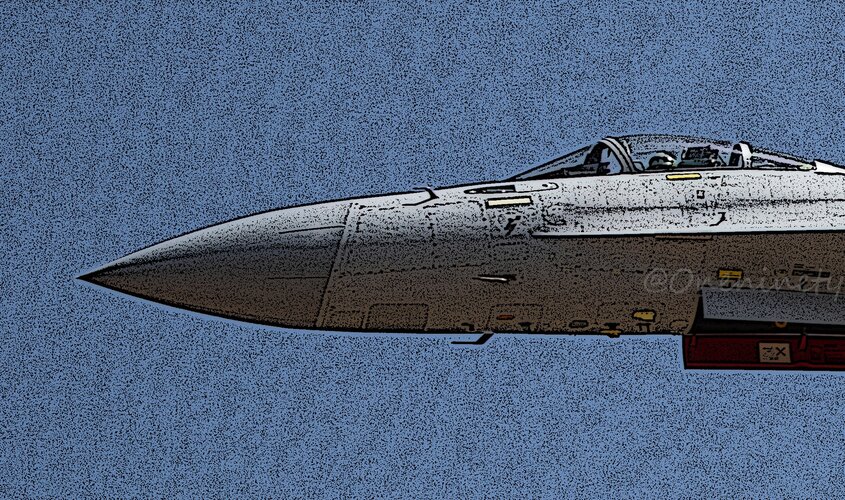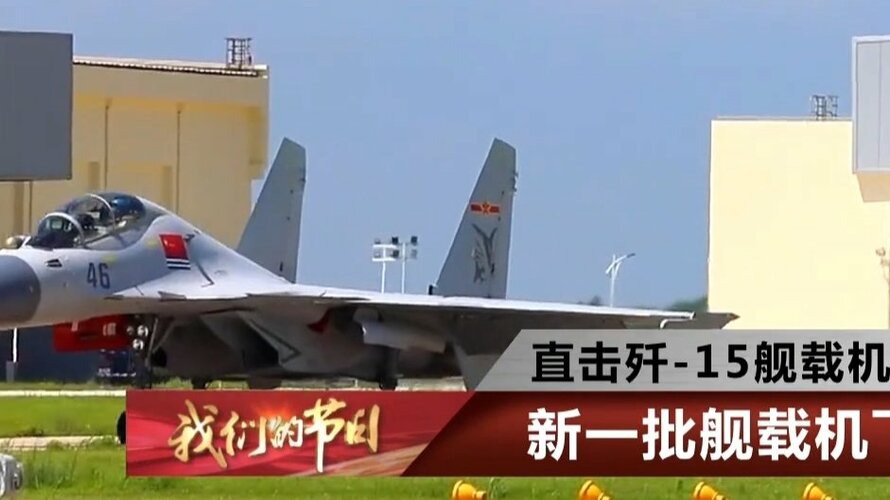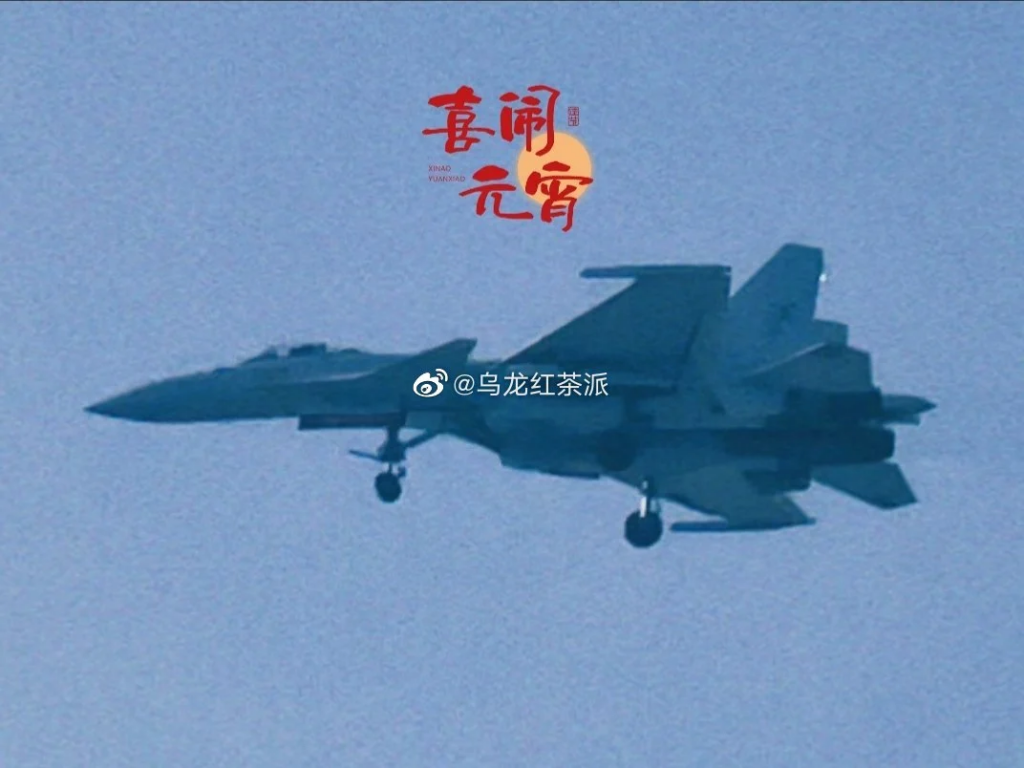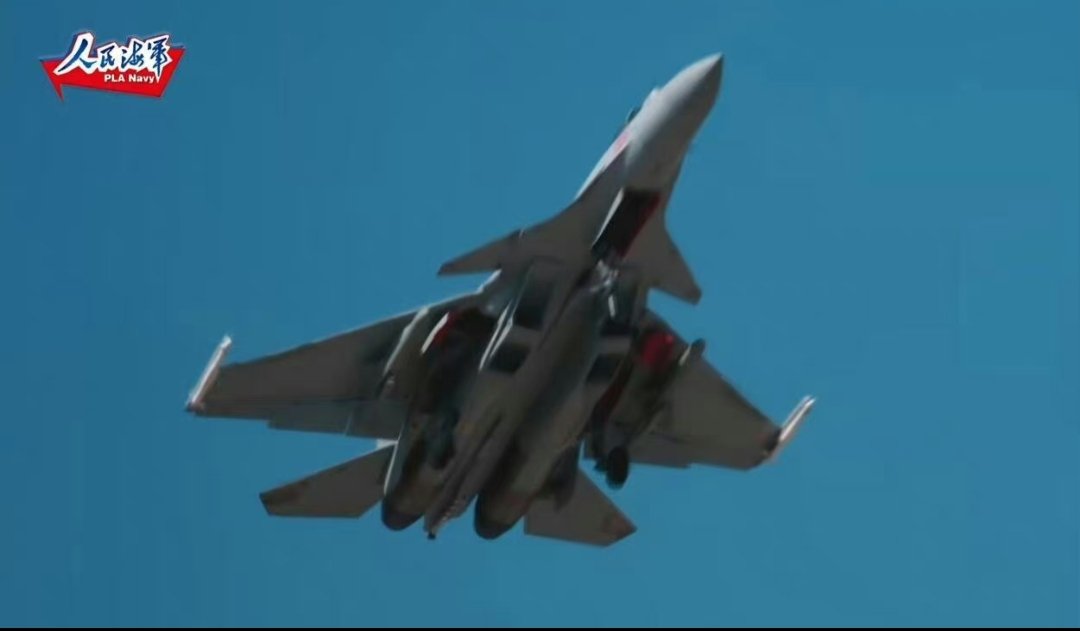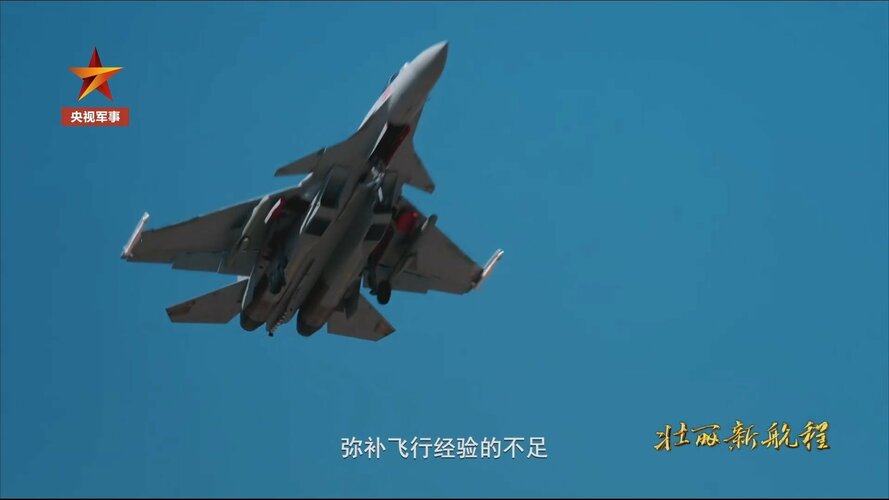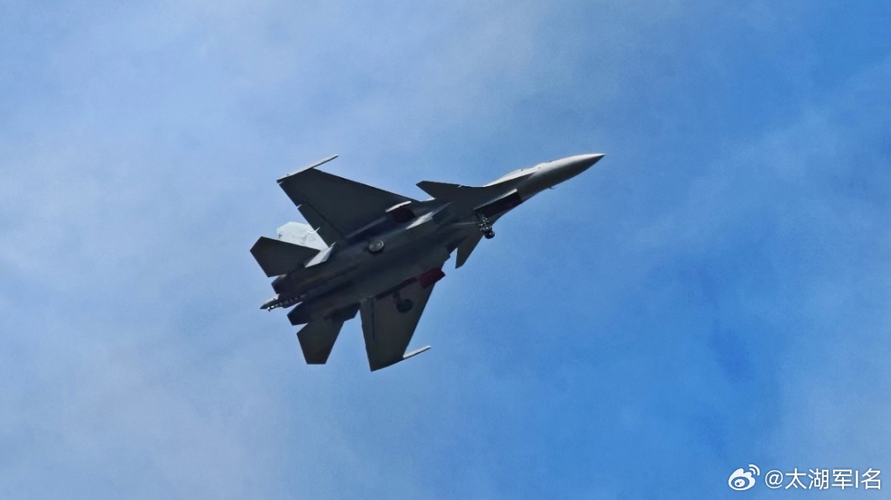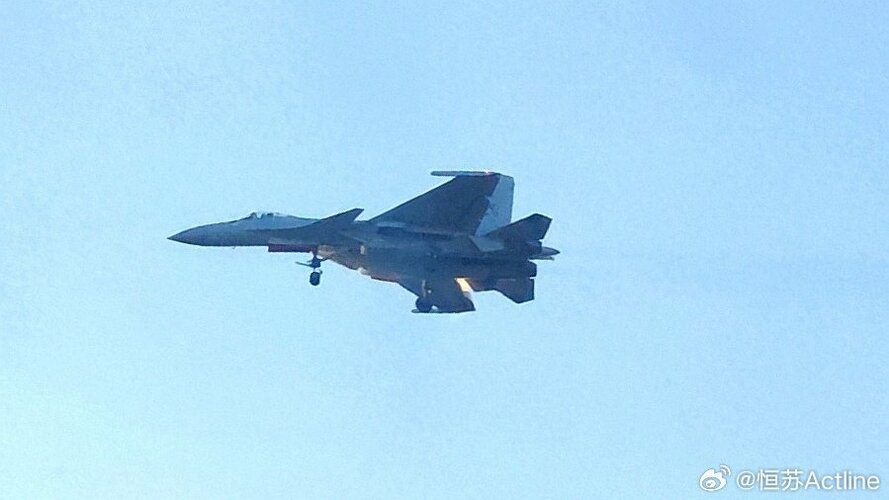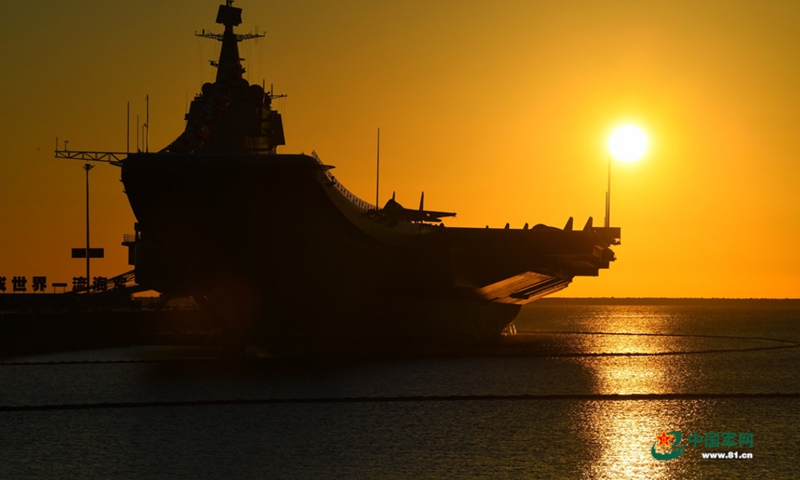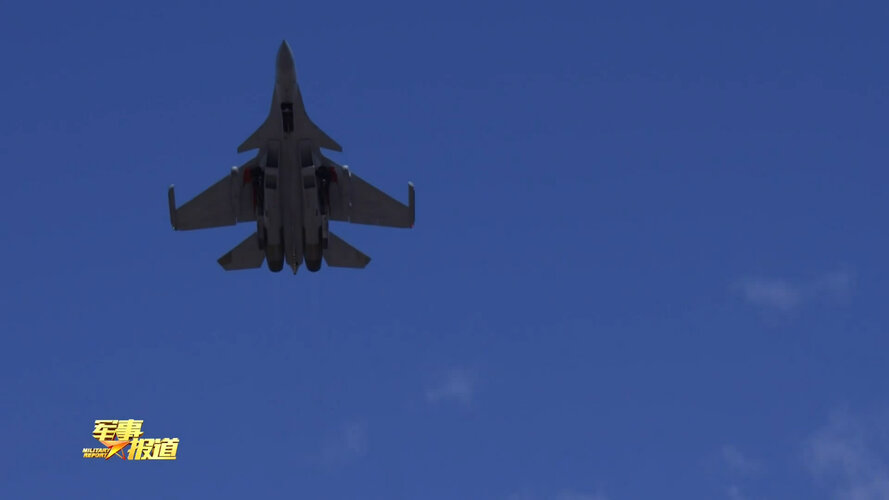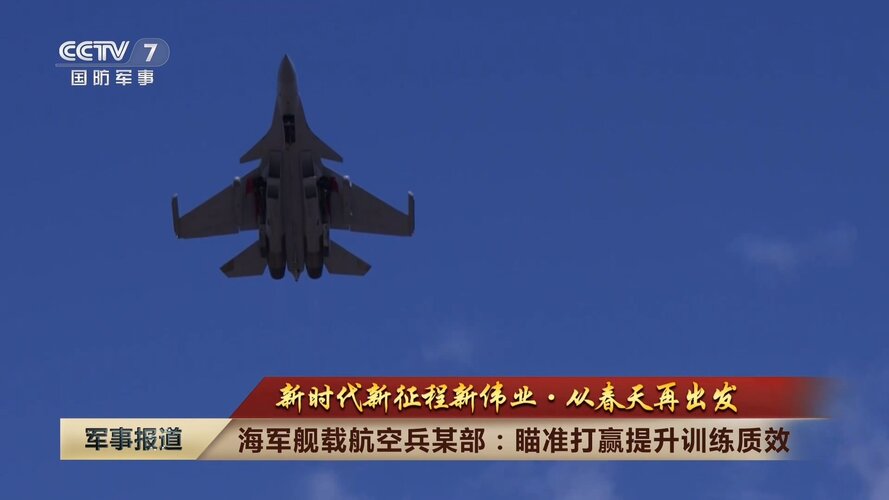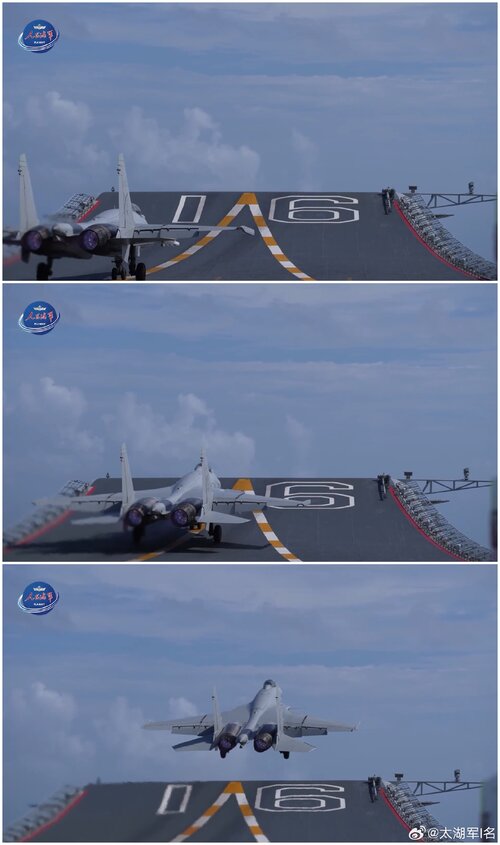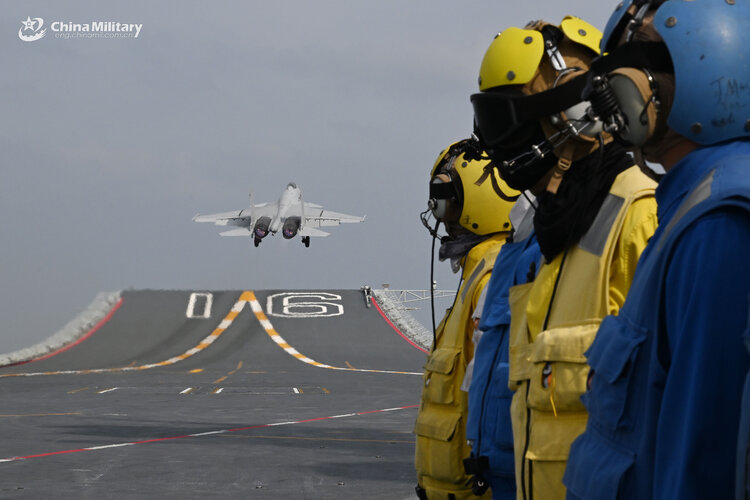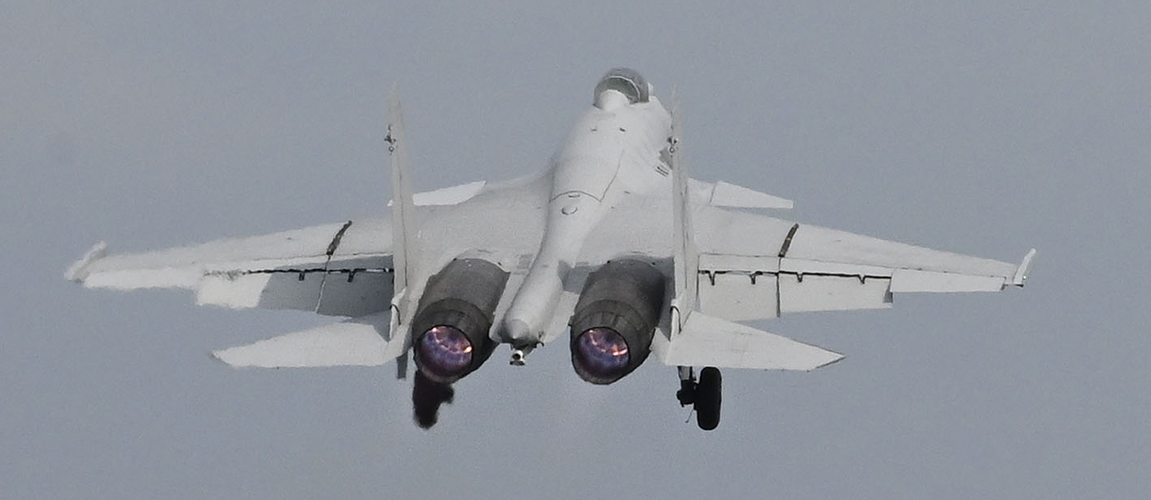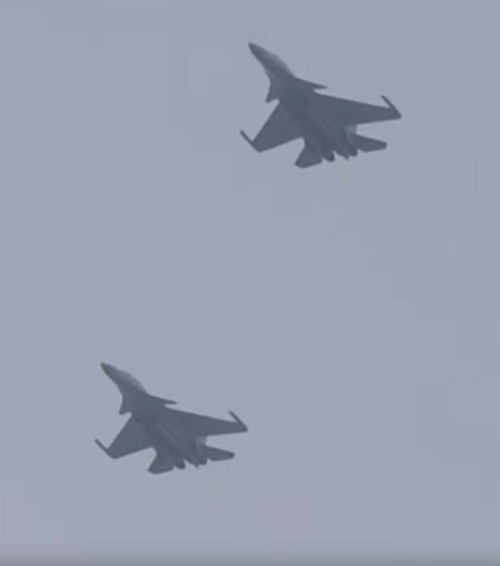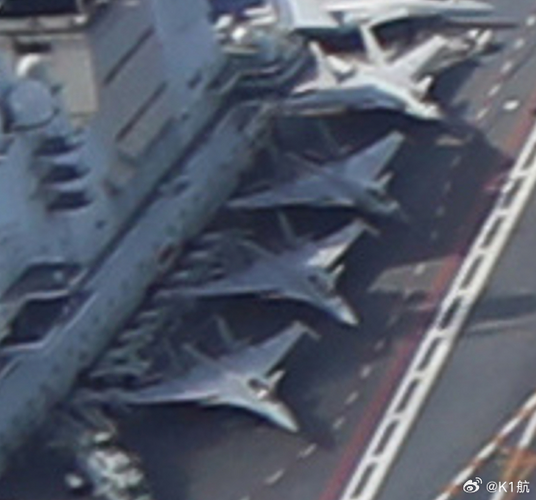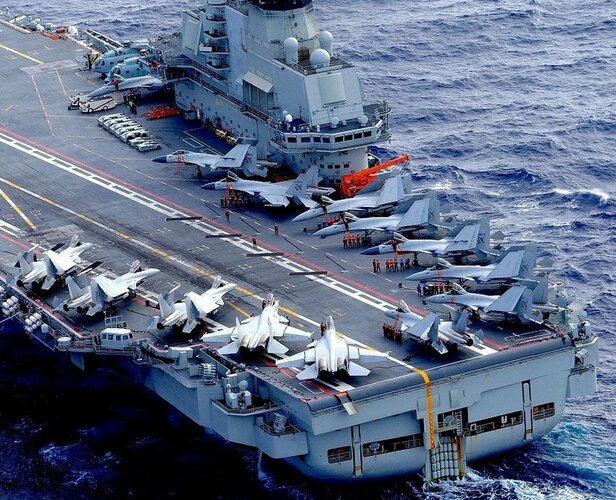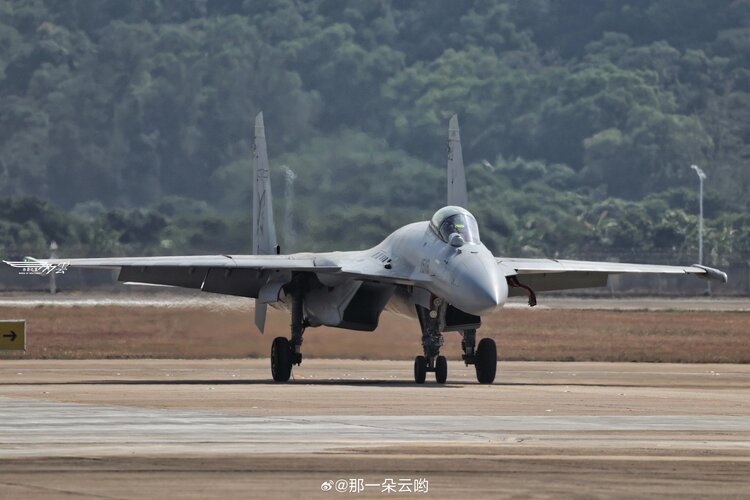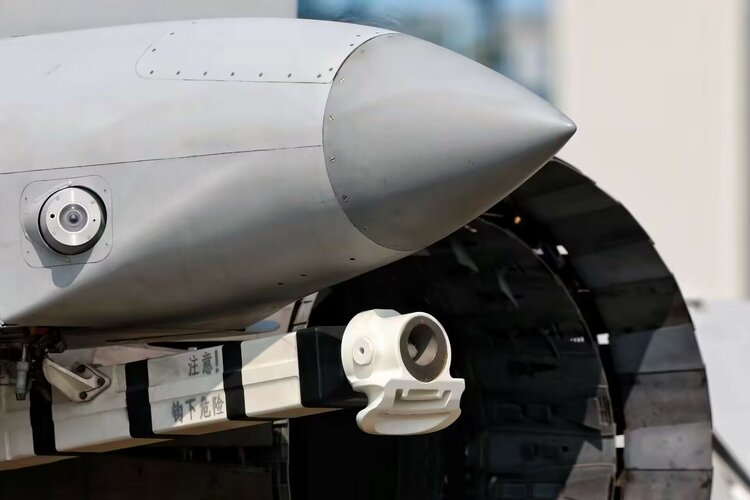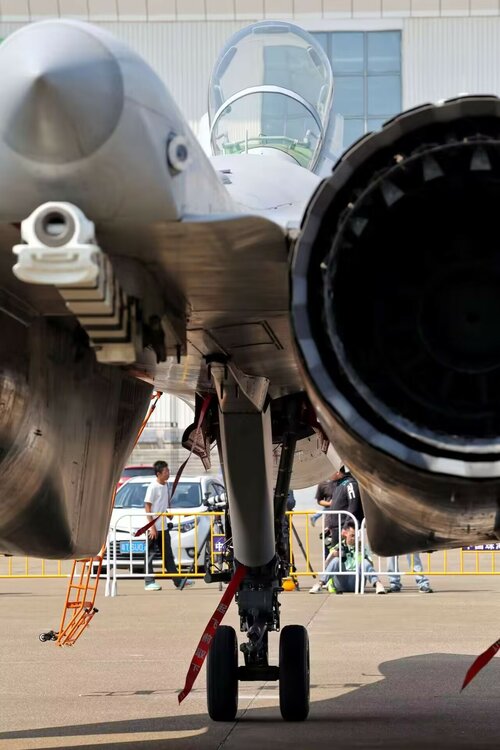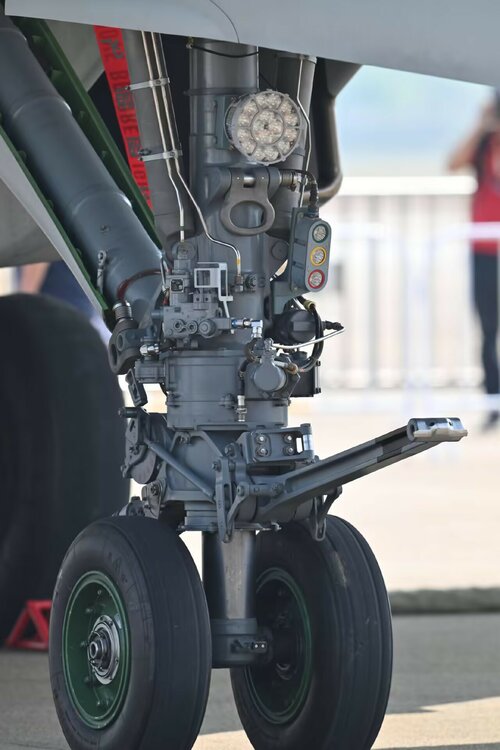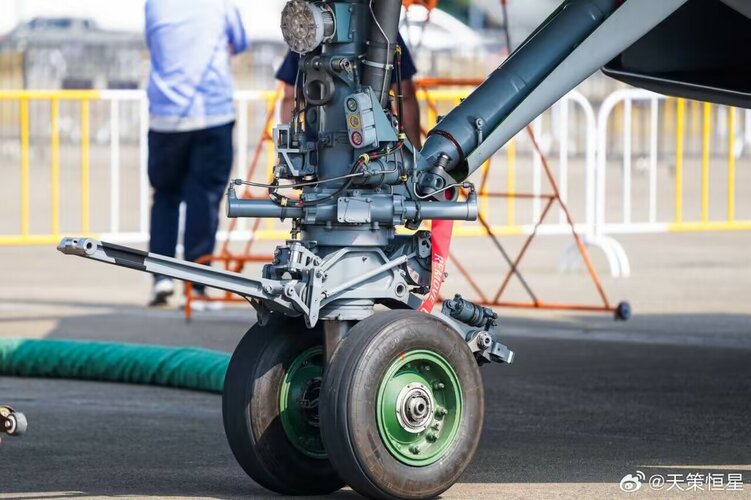Hood said:Rumours that the Chinese are looking to develop a successor for the J-15 which might not be turning out to be such a practical carrier-borne fighter after all.
https://www.flightglobal.com/news/articles/beijing-keen-to-develop-j-15-successor-report-449956/
CATOBAR, three catapults, conventional. Possibly/probably depicted below, with an alright summary from Jane's http://www.janes.com/article/81249/image-emerges-showing-possible-design-of-china-s-third-aircraft-carrier

But the source article from SCMP is a bit silly -- there was always going to be a successor to J-15, a 5th generation fighter, but it didn't have anything to do with J-15 being inherently unsuitable for carrier operations or any of the accidents that J-15s have had, but because the J-15 would obviously be unable to contend with opposing 5th generation fighters like F-22 and F-35.
If anything I expect the J-15 to continue being a part of the future carrier's airwing in some form, either through a new family of J-15s with J-16 level avionics, and/or the electronic warfare variant J-15s, along with the future 5th generation fighter.

